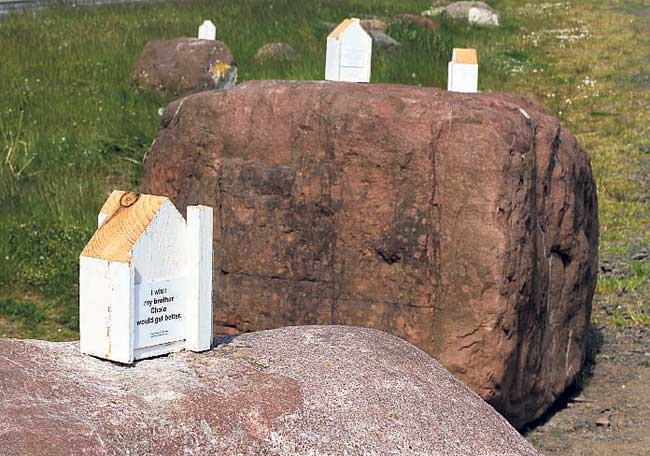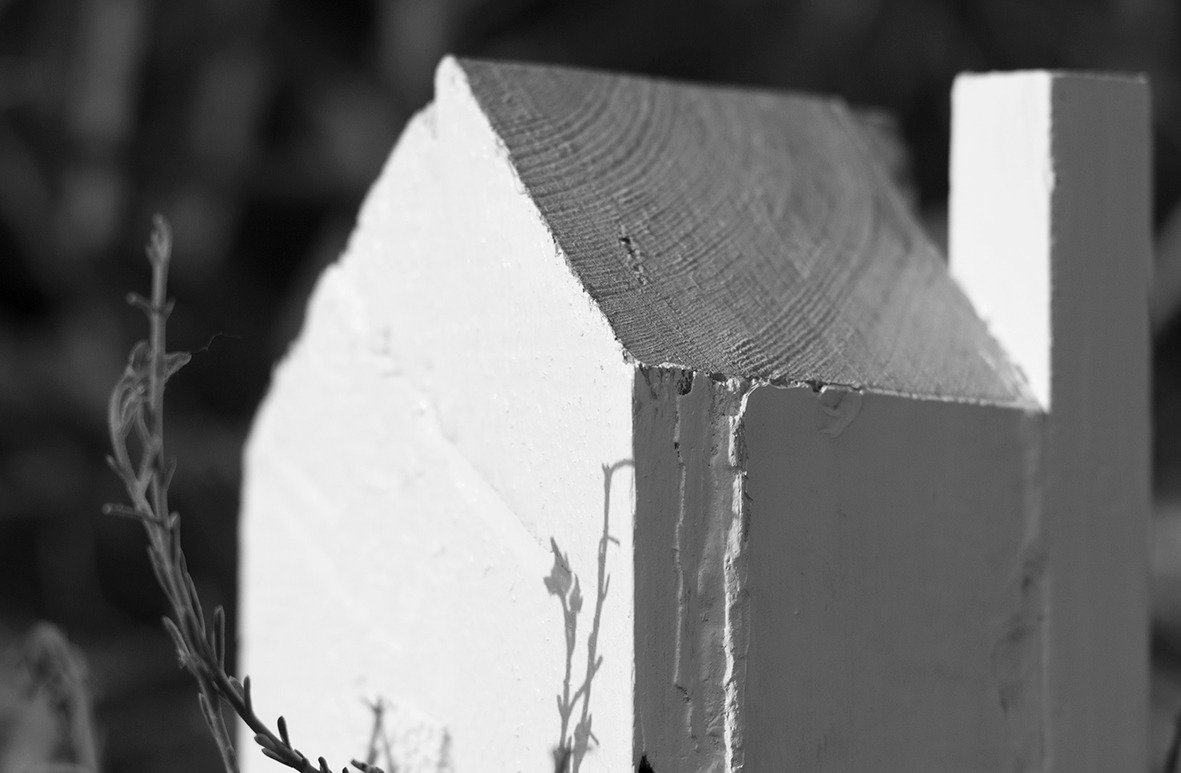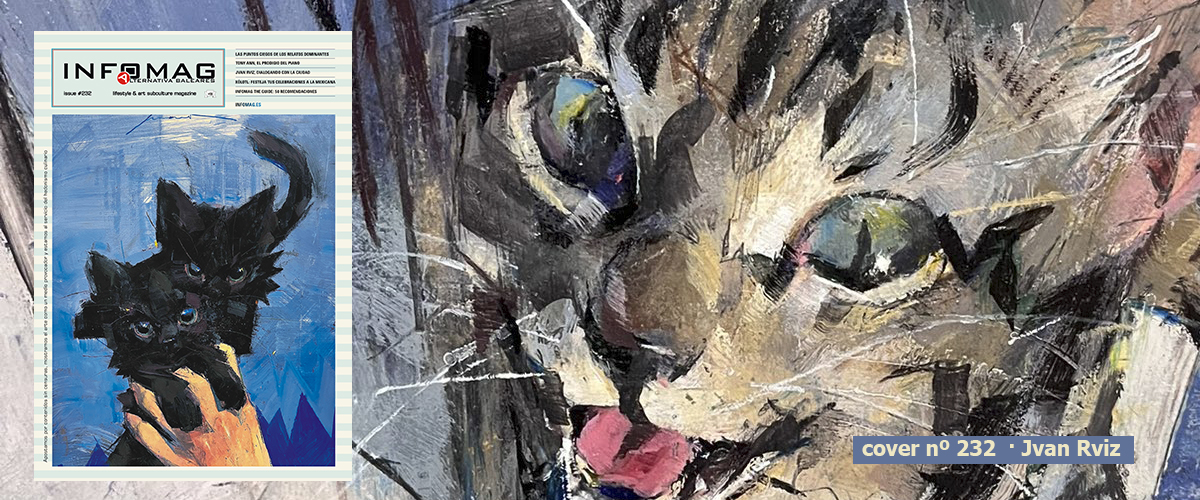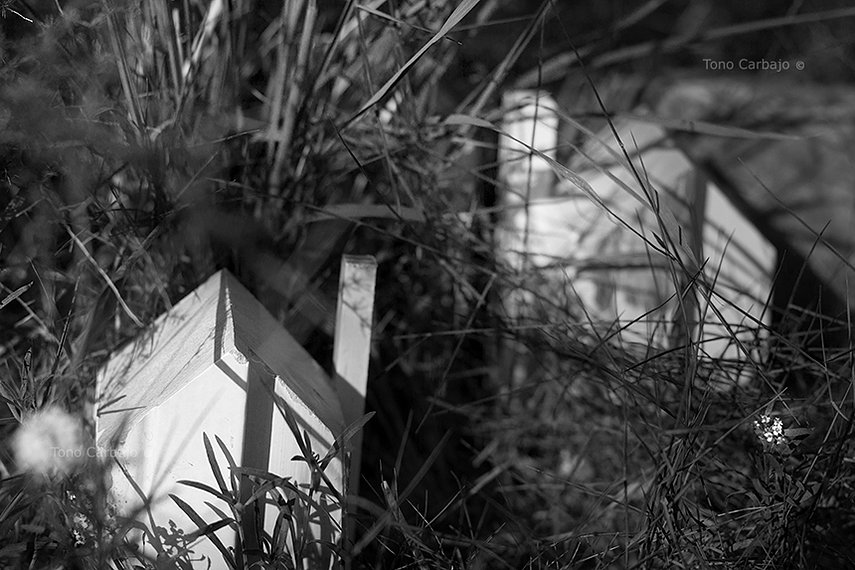¿Qué deseas? ¿Con qué sueñas? ¿Qué es para ti, lo que realmente quieres en la vida?
The Houses of Whishes es un proyecto en el que se pide a los participantes que escriban un deseo importante para sí mismos. No solemos preguntarnos a cerca de este tipo de cosas, aunque en ellas reside la esencia de lo que somos y de la vida que nos gustaría llevar. Nuestros grandes sueños y deseos; aquellos que el dinero no puede comprar; son en realidad nuestro territorio utópico, la casa que todos quisiéramos habitar.

Las metáforas con relación a la casa son muchas, ya que es un elemento importante del pensamiento simbólico universal. En las culturas indígenas casa y cosmos se conciben como idénticos: dos espejos, reflejo uno del otro. Su forma, partes y andamiaje reproducen el armazón de la gran casa-cosmos: el techo replica los cielos; el piso, la tierra de los humanos; las puertas, los orificios por donde entra y sale el sol todos los días; el poste central, su axis mundi. La casa representa también un cuerpo humano, generalmente el de una deidad. Ella simboliza el útero, y la puerta de entrada, su sexo; las vigas, sus costillas; el tejido del techo, su piel, y la gente la fertiliza con ofrendas o rituales llevados a cabo en su interior. (1)
Según Karl Jung, la casa es arquetipo del yo, la personalidad profunda. (2) Si unimos ambos conceptos podríamos decir que la casa es nuestro cosmos más íntimo. Donde se refugian nuestros sueños miedos y deseos. Pero nuestro cuerpo, también es una casa, nuestra casa exterior. Con el transcurso de los años ambas acaban pareciéndose, quedando al descubierto
las luces y también las heridas.
The Houses of Whishes se expone en el exterior, en las calles de las ciudades donde se instalan y en el espacio interior de las galerías. Las casa están hechas con vigas de madera recuperadas de viejas casas de Barcelona. Todo el proyecto pretende crear un ritual de sanación en el que esos deseos se muestran, escritos sobre pequeñas casas de madera. El mecanismo es similar al del ofrecimiento de exvotos.
The Houses of Whishes es un work in progres y se irá materializando en diferentes ciudades. El proyecto comienza en la zona de Leigth, en Edimburgo, sobre unas piedras que perimetran un espacio vacío de usos múltiples, situado ante el Centro Comercial Ocean Terminal en Leith, Edimburgh. Cada piedra de ese paisaje constituye una isla, un territorio donde construir nuestro deseo. Otras casas serán repartidas por las cercanías. Cada una tiene una geolocalización que se puede ver en el mapa.

There are many metaphors related with houses, as they are a symbolic element in every culture. The Kuna argue that «being subject of your own home » and » house » is not limited to the dwelling, but inevitably extends to the land. And this house (ground) in turn refers to ‘the big house’ that is Mother Earth. We may infer, therefore, that being, the house and the cosmos are one.
According to Karl Jung, ‘house’ is the archetype of ‘I’, the deep personality. If we put together both concepts we could say that the house is our most intimate cosmos. It is here where our fears and desires stay. Our body is also a house, an ‘outside’ house. With the years passing, the houses start to look increasinglyalike, exposing both life’s highlights and the accumulated scars.
Houses of Wishes is a project where participants are asked to write an important wish. Some of the petitions were made online, other in person. We are not used to asking ourselves these kinds of questions, although they are the reflection of our essence and the life we’d love to have. Our biggest dreams and wishes, everything the money can’t buy; they are our utopian territory, the house where we’d love to dwell.
The Houses of Wishes will stay on the streets of Leith and in the gallery space. The houses are made with construction materials from old Barcelonian buildings.
On these houses, the artist will write people’s wishes: wishes that can’t be purchased. These small houses will be placed around the site, creating a contrast between the fragile structure and the imposing building of the shopping mall. They are part of a healing ritual: we express our wishes as the first step to having them fulfilled. By naming them we activate reflection, desire, and will.
Most of the houses will be placed be on top of stones that border the wasteland in front of Ocean Terminal. Each stone becomes an island, a territory where to build our wish. The location of the individual houses is recorded and can be checked on the artist’s website.
http://www.tonocarbajo.net/the-houses-of-wishes

